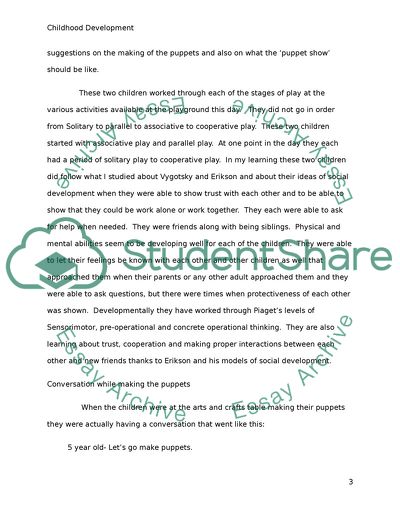Cite this document
(Childrens Imagination and Creativity Essay Example | Topics and Well Written Essays - 3000 words - 2, n.d.)
Childrens Imagination and Creativity Essay Example | Topics and Well Written Essays - 3000 words - 2. https://studentshare.org/education/1798048-introduction-to-child-development
Childrens Imagination and Creativity Essay Example | Topics and Well Written Essays - 3000 words - 2. https://studentshare.org/education/1798048-introduction-to-child-development
(Childrens Imagination and Creativity Essay Example | Topics and Well Written Essays - 3000 Words - 2)
Childrens Imagination and Creativity Essay Example | Topics and Well Written Essays - 3000 Words - 2. https://studentshare.org/education/1798048-introduction-to-child-development.
Childrens Imagination and Creativity Essay Example | Topics and Well Written Essays - 3000 Words - 2. https://studentshare.org/education/1798048-introduction-to-child-development.
“Childrens Imagination and Creativity Essay Example | Topics and Well Written Essays - 3000 Words - 2”. https://studentshare.org/education/1798048-introduction-to-child-development.


